Iran-Russia railroad deal shows Tehran’s ‘Look East’ policy paying dividends
By Alireza Hashemi
Iran and Russia, the two all-weather allies, this week took a giant stride in order to deepen their relations and circumvent draconian sanctions by inking an ambitious railroad agreement.
The two sides on Wednesday signed a deal to complete the final stretch of the International North-South Transport Corridor (INSTC), a network of ship, rail and road routes spanning over seven thousand kilometers connecting northern Europe with Southern Asia.
Under the win-win deal, Russia will allocate 1.3 billion euros in interstate loans to help finance the construction of a 162 km railway between the city of Rasht in northern Iran and Astara next to the country’s border with Azerbaijan. The work on the project is expected to finish by 2027.
Russia has pinned high hopes on the project, with Deputy Prime Minister Alexander Novak touting it as a “global change in supply chains” that he said could become an “alternative to the Suez Canal”.
Iranian President Ebrahim Raeisi and his Russian counterpart Vladimir Putin both attended the signing ceremony virtually via a video link and hailed the growing friendship between the two countries.
Raeisi described the project as an “important strategic step” towards closer cooperation between Iran and Russia that he stressed will benefit all nations involved in the INSTC.
“The Islamic Republic of Iran has great potential despite the efforts by the collective West to bypass the Iranian territories and use other transit routes,” he said. “The route through Iran is the cheapest, most economical and closest route for commercial and transit traffic in the region.”
Putin, for his part, said the project is a “major endeavor” for the region and the “global transport infrastructure” and that the corridor will help diversify global traffic, in addition to other economic benefits in the form of jobs and investments.
“Traffic via the new corridor will possess substantial competitive advantages. For example, it will take about 10 days to deliver consignments from St Petersburg to Mumbai. I would like to note, as a comparison, that it takes 30 to 45 days to deliver them using traditional commercial routes. In effect, this makes it possible to slash delivery deadlines and costs,” he said.
The Russian president further said the project contributes to global food security, as it facilitates the delivery of food and other agricultural goods to West Asia as well as Africa.
Ukraine war spurs project
The corridor was designed back in 2002 when Iran, Russia and India struck an agreement to build the route. Since then, a total of 12 other countries also joined the project, including Azerbaijan, Belarus, Kazakhstan, Kyrgyzstan, and Tajikistan, realizing its vast potential for trade and connectivity.
The railroad construction, however, was stalled for years due to financial, engineering and logistical complications, which prevented the massive project to take off fully.
Now the unprecedented sanctions on Russia in the wake of the war in Ukraine appear to have acted as a catalyst, forcing Moscow to shift trade flows from Europe to Asia and Africa. The corridor, according to experts, gives Moscow some breathing room amid harsh Western sanctions.
But sanctions are not the whole story. Hossein Emami, an economic analyst, says the Ukraine war is directly threatening Moscow’s Black Sea shipping operations, prompting it to look for alternatives.
“Before the war in Ukraine, Russians were not so interested in the construction of the Rasht-Astara railway, as they could ship goods from the Novorossiysk Port in the Black Sea to India. That route was relatively cheap and secure,” he told the Press TV website.
“But after the war, the Black Sea is not safe anymore and Russia feels it needs to activate alternative options, including the INSTC.”
Huge potential for Iran
For Iran, the corridor could generate income and reassert the country’s role as a regional transit hub.
Officials say the INTSC could generate up to 20 billion dollars in transit revenues for Iran.
Mohammad Jamshidi, the deputy chief of staff for political affairs to Iran’s president, said on Tuesday that the income from the corridor could rival Iran’s oil revenue.
Reza Yeganehshakib, a lecturer at the Department of History at California State University, says this level of income could be within reach since the corridor can be used by many countries around the world for transit purposes.
“The North-South corridor has this potential to be used not only by Russia and Iran but also by regional and extra-regional players. This project could be used by countries around Iran to import goods from extra-regional origins such as China, Europe, Africa, and India as well as making money from goods simply traversing their territories,” he told the Press TV website.
But Yeganehshakib said this Rasht-Astara railway agreement is still not enough and various railways, road and sea routes under the corridor need to be expanded.
“There are at least three routes that can be equally efficient in transporting goods and humans between North and South: one railroad, one land road and one sea route,” he remarked.
“The railroad has two possibilities: one connecting the Sea of Oman and the Persian Gulf to the Caspian region via Iranian and Azerbaijani Astara cities and then either using Baku-Tbilisi-Kars Railway to connect this link to Europe via Turkey or Iran using Armenian territory and Georgia to connect to Europe.”
The sea route, he hastened to add, can link Iran to Russia directly “since the two countries have shared marine borderline” and the land road “has similar connectivity potential either through Azerbaijan or Armenia.”
“Each of these routes has its own investment requirements to become fully operational. If these routes become available, the twenty billion dollars a year income for Iran could increase to higher levels. But certainly, it is a matter of time for the completion of each project or an increase in the cargo shipment capacity, especially in the Caspian Sea’s marine route,” Yeganehshakib noted.
Emami agreed that there are practical challenges to the rail and sea routes.
“Iran’s railway routes need to be upgraded as their freight capacity is not so high and there’re various bottlenecks along the path, including in Firuzkuh and Qazvin. There are similar problems limiting marine cargo volume. For example, the Russian port of Astrakhan also needs to be expanded and waterways around it should be dredged,” he told the Press TV website.
The project, Emami said, also has rivals that might somehow sabotage it, including Turkey, which seeks to transport Russian exports via the Black Sea, or China, which wants to operate an alternative path passing from Afghanistan and Pakistan.
US sanctions won't bite anymore
Iran and Russia have been close and all-weather allies since the 1990s when the unipolar world emerged with the US as the sole superpower.
But cooperation between the two countries didn’t reach a serious level until 2015 when they joined hands to stabilize Syria amid foreign-backed war. They had fruitful cooperation in the Arab country, as Iran’s military experience and Russian air power helped Syria defeat terrorists and foreign mercenaries.
That experience bolstered trust between Iran and Russia. When Western sanctions over the Ukraine war started to bite Moscow, it decided to regroup with Iran and other regional countries, including China, to counter the West’s hegemony and neutralize the impact of sanctions.
The INSTC deal is the latest move by the two countries to boost their ties in the face of sanctions.
Novak, who was in Iran last week for the INSTC deal, held a series of meetings with Iranian officials to discuss the development of eight newly-discovered oil or gas fields in Iran, with projects said to be worth up to 40 billion US dollars.
Banking cooperation between the two countries also appears to be developing at a great pace.
Early this year, Iran and Russia signed an agreement that linked their inter-bank messaging systems, filling the gap left by both countries being banned from SWIFT, a Western-dominated financial messaging service.
And last week, the second-largest Russian bank opened a representative office in Iran as part of efforts to connect the two countries' banking systems.
These developments come a year after Iran and Russia signed an agreement to de-dollarize bilateral trade and use their own currencies to settle trade transactions.
Novak said the agreement has been largely implemented, with Iran and Russia now conducting about 80 percent of mutual settlements in national currencies, rubles and rials.
Add to this a hike in bilateral trade, which last year increased by more than 20 percent and came close to five billion US dollars, a record figure.
The two countries have also been strengthening military cooperation recently, and reports suggest that Iran is set to receive its first SU-35 fighter jets in the near future, as reported by Iranian media.
This turn of events has raised alarm in the West, which was reflected in remarks by US State Department spokesperson Vedant Patel on Wednesday when he said “any steps or any project being undertaken to go around sanctions is something that we of course would find deeply concerning.”
Quite remarkably, the US government on Friday issued new sanctions targeting what it called the “logistics network” deepening ties between Russia and Iran.
It appears Iran’s ‘Look East’ policy of strengthening ties with neighboring countries and Eastern powers in response to the West’s relentless pressure campaign and it's paying rich dividends.
Spain jurists demand ties with Israel ties be cut
VIDEO | Press TV's news headlines
VIDEO | Iran honors top Science Olympiad medalists
VIDEO | Austrians arrested at Gaza protest in Vienna
10 killed in bus crash in western Iran
VIDEO | One-man-band journalism with Civili
5 Israeli forces killed as Palestinian fighters face up to regime’s war machine
VIDEO | An insider's view of the country: Persian Tahini, Royan in Mazandaran


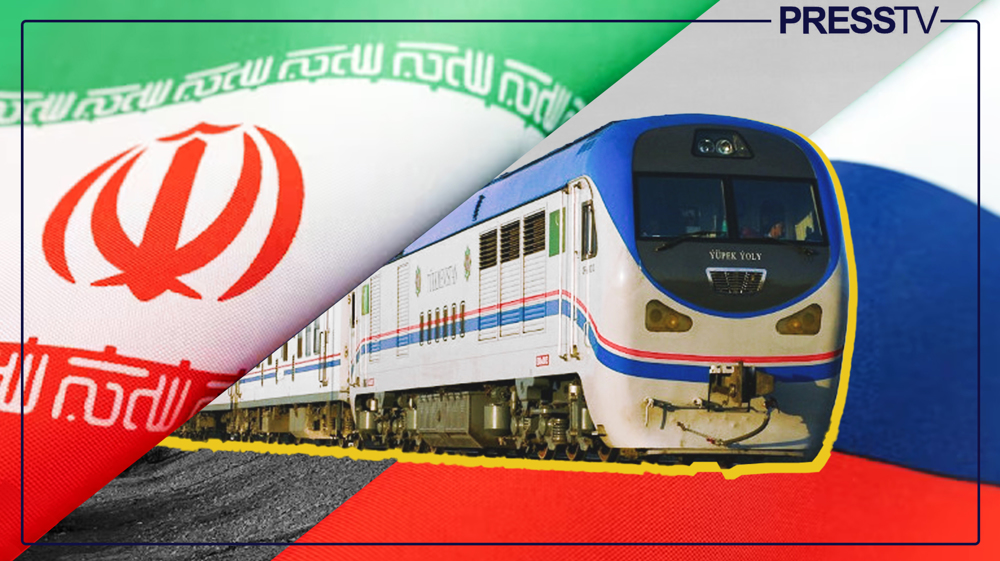

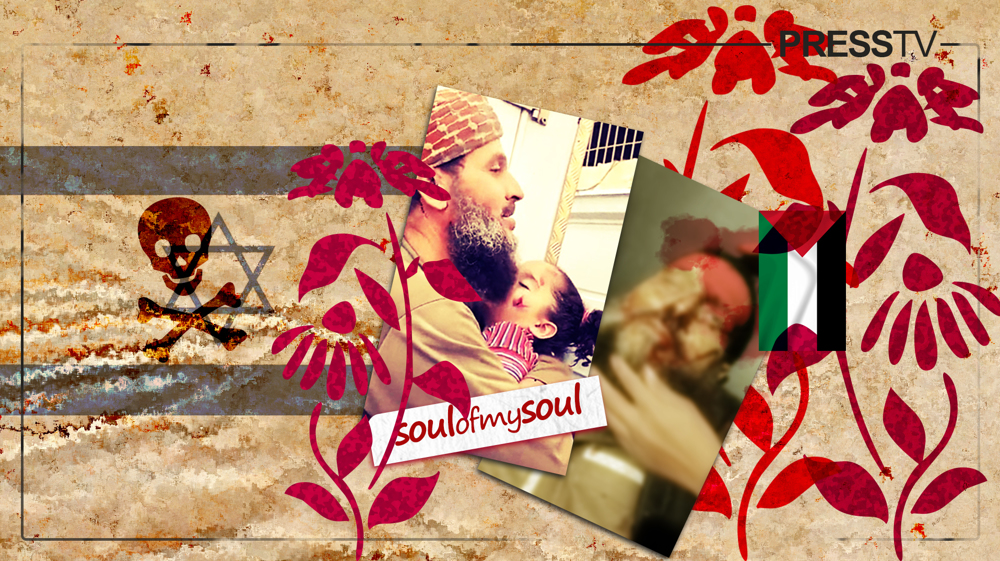
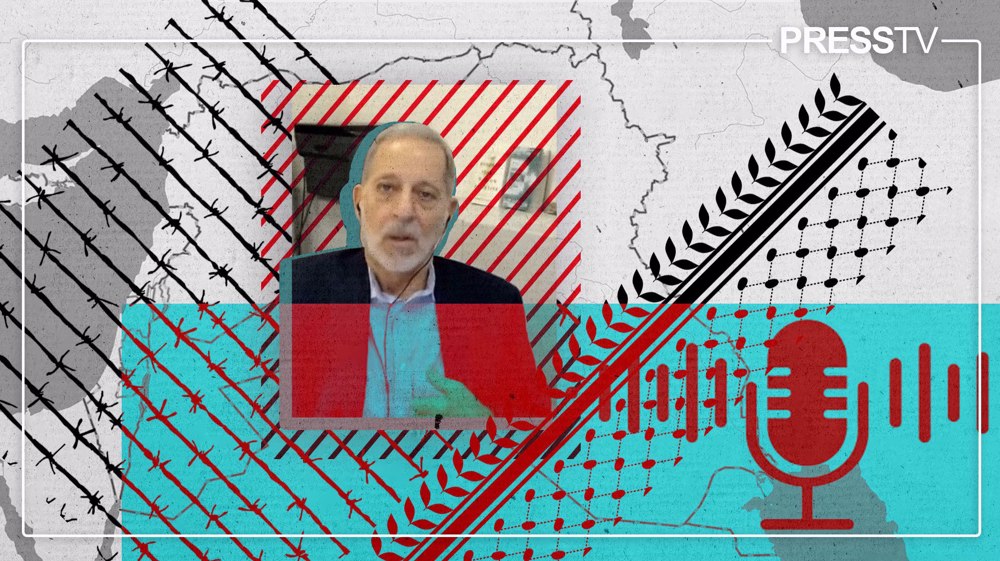



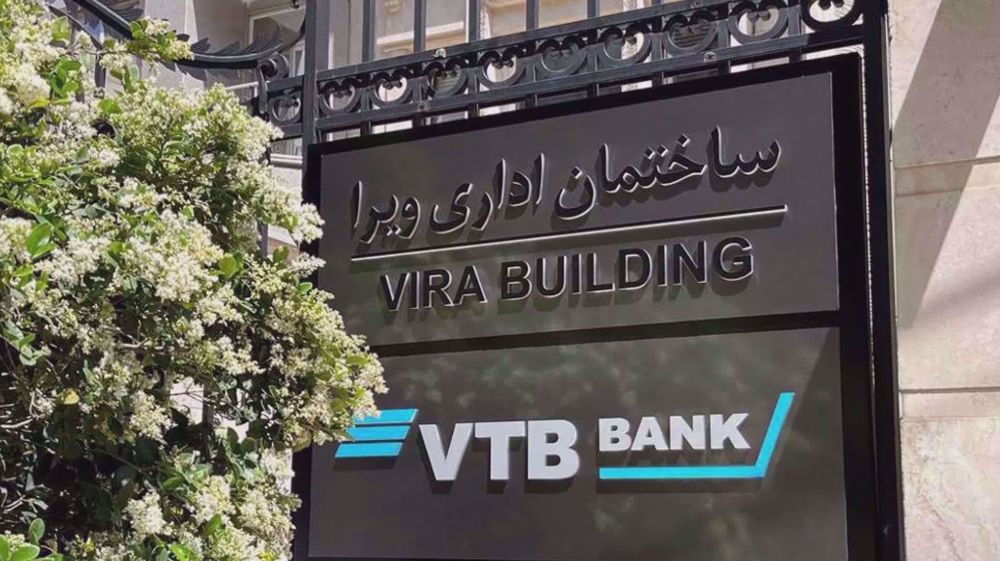

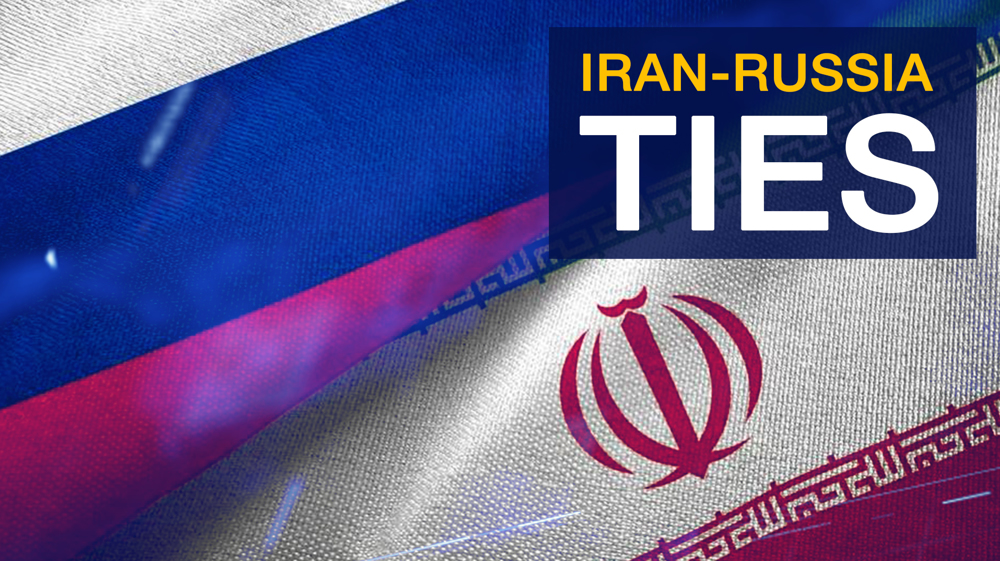
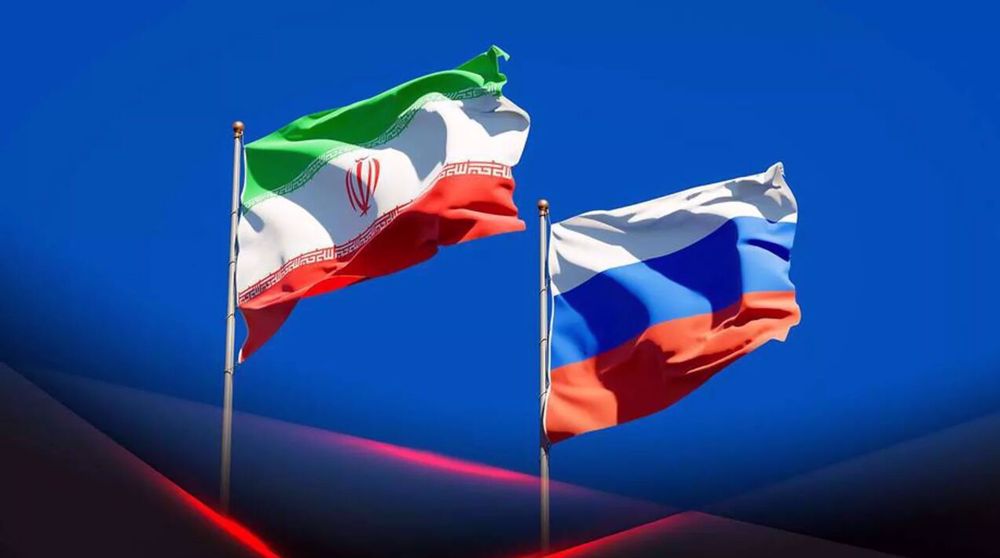
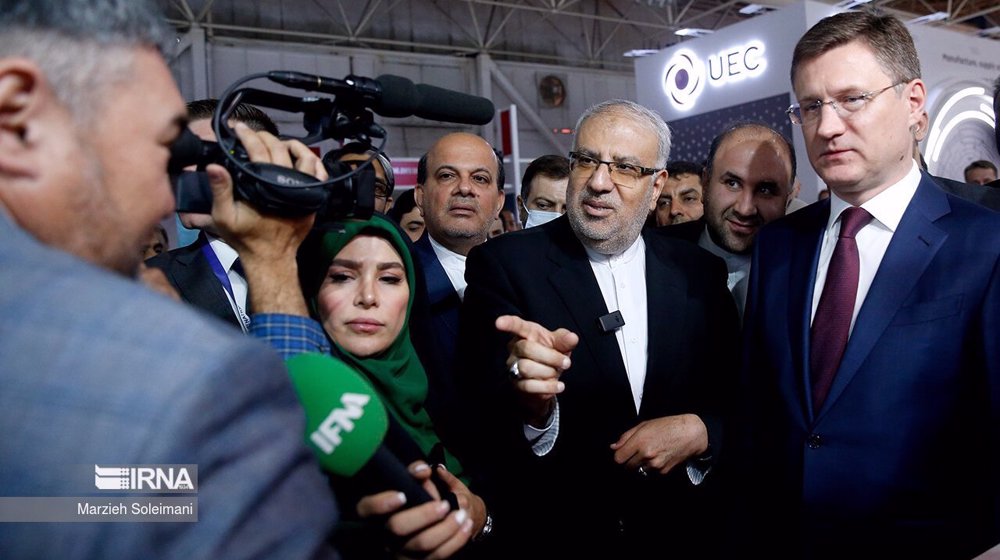

 This makes it easy to access the Press TV website
This makes it easy to access the Press TV website